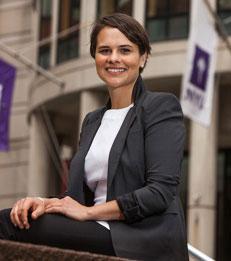Research Highlights
Beyond the Tip of the Iceberg: Bangladesh’s Forgotten Apparel Workers
—


Our research shows that indirect sourcing is an essential element of Bangladesh’s low-cost, high-volume model of garment production.
Groundbreaking research from NYU Stern Center for Business and Human Rights reveals workers at majority of Bangladeshi factories producing for export are unprotected by safety initiatives
This report is the second study by the NYU Stern Center for Business and Human Rights on working conditions and the garment industry in Bangladesh. It is the result of a large-scale data analysis of factory data that the Center collected and analyzed from publicly available sources and a field survey conducted in June 2015. The Center’s analysis sheds light on an important, but opaque part of the garment sector: indirect suppliers.
Indirect sourcing is key to Bangladesh’s high-volume, low-cost model of garment production. Many workers are employed in factories that supply foreign brands indirectly through other, larger factories or agents. Indirect sourcing factories operate on very tight margins and with very little oversight, increasing the vulnerability of workers to safety violations and labor rights abuses. Our research reveals five key findings:
Indirect sourcing is key to Bangladesh’s high-volume, low-cost model of garment production. Many workers are employed in factories that supply foreign brands indirectly through other, larger factories or agents. Indirect sourcing factories operate on very tight margins and with very little oversight, increasing the vulnerability of workers to safety violations and labor rights abuses. Our research reveals five key findings:
- There are more than 7,000 factories producing for the export market in Bangladesh, divided between direct and indirect sourcing factories.
- In a June 2015 survey of two sub-districts of Dhaka, 32% of the 479 factories surveyed were informal subcontractors. 91% of informal factories produced at least partly for export.
- The Bangladesh Accord for Fire and Building Safety (Accord) and the Alliance for Bangladesh Worker Safety (Alliance) – two factory safety programs initiated by more than 200 foreign brands – encompass only 27% of factories in Bangladesh.
- Despite thousands of inspections, very few factories have actually been fixed.
- More than US$280 million in commitments have been announced for the garment sector in Bangladesh since Rana Plaza.
